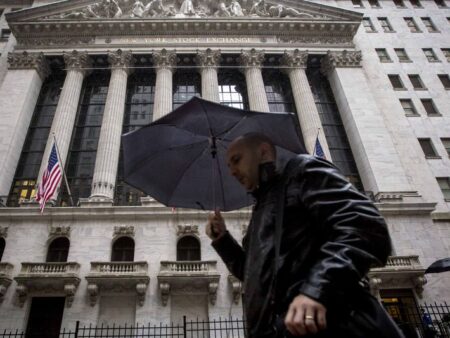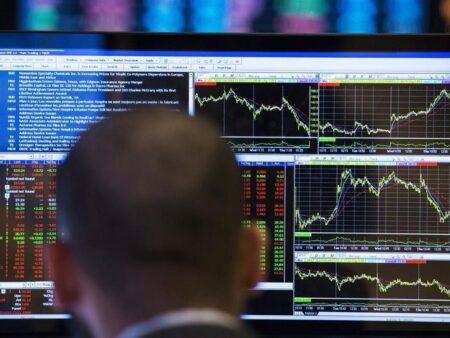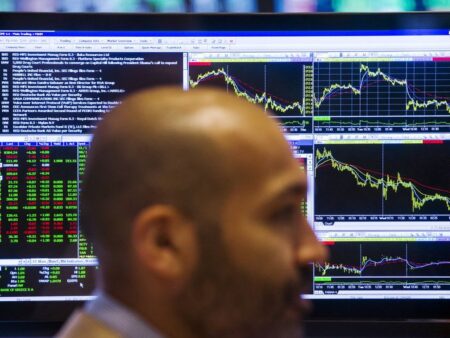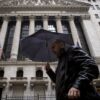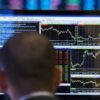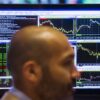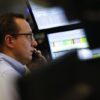SHANGHAI (Reuters) -Tesla launched a new version of the Model Y, its best-selling car, in China on Friday, hoping that a redesigned exterior and upgraded features inside will help it regain market share taken by rivals such as Xiaomi (OTC:).
The new Model Y is priced from 263,500 yuan ($35,900),5.4% more expensive than the previous version in China, Tesla (NASDAQ:)’s second-largest market, the U.S. automaker said on its Weibo (NASDAQ:) social media account.
Deliveries in China are set to begin in March, subject to regulatory approval and Tesla was also taking orders for the SUV in many other Asia Pacific markets. Details about Tesla’s plans for the revamped version in North America and Europe were not immediately available.
The latest Model Y sports a new light bar that stretches across the front end, similar to Tesla’s Cybertruck, while the tailight is also a full-width light bar. Other upgraded features include seats that can be heated or ventilated for comfort in all weather conditions as well as a touchscreen for second-row passengers.
The long-range variant now has a driving range of 719 kilometres per charge, up from 688 km.
Tesla first launched the Model Y in 2020 and it became the world’s best-selling car in 2023. The ageing model lost some sales momentum last year, hurt by competition from local rivals in China, while in other markets demand for electric vehicles has weakened.
Tesla was the largest maker of battery electric cars in China in 2020 but Chinese EV rivals have increasingly made inroads, winning over customers with snazzy smart car features.
The U.S. automaker’s market share in China’s battery electric vehicle market slipped to 10.4% last year, down from 11.7% in 2023.
BYD (SZ:) is currently China’s biggest seller of EVs while consumer electronics maker Xiaomi stormed the electric car market last year, delivering more than 130,000 of its first model, the SU7.
Even with a revamped Model Y, analysts said it was doubtful that Tesla will regain the momentum it used to have in China.
Xiaomi will launch its first SUV, the YU7, in June or July, and Xpeng (NYSE:) plans to launch the G7.
Both models share “similar features with the Model Y, such as a youthful design and technological functions, making them direct competitors,” said Shaochen Wang, a China-based auto analyst at Counterpoint.
Wang also noted that Tesla had yet to finalise the full rollout of its advanced driver assistance software, which is called “Full Self-Driving”, in China. That could put it on the back foot against several Chinese EV auto brands which have also developed advanced smart driving features.
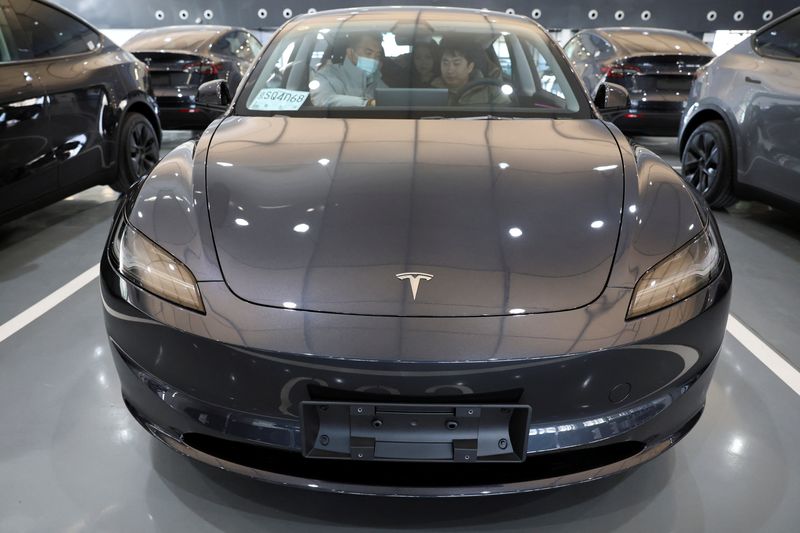
Tesla plans to launch a six-seat variant of the Model Y in China late this year, sources have previously said.
($1 = 7.3314 )
Source link






